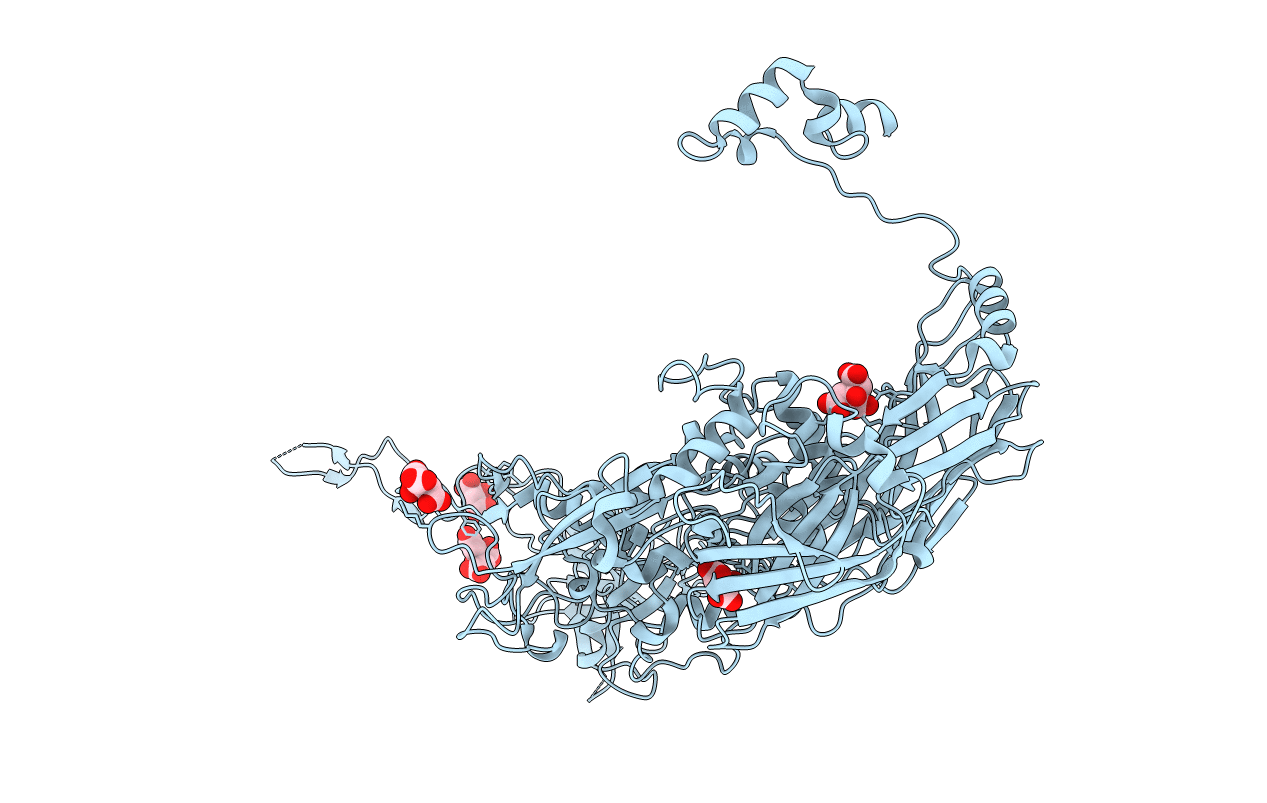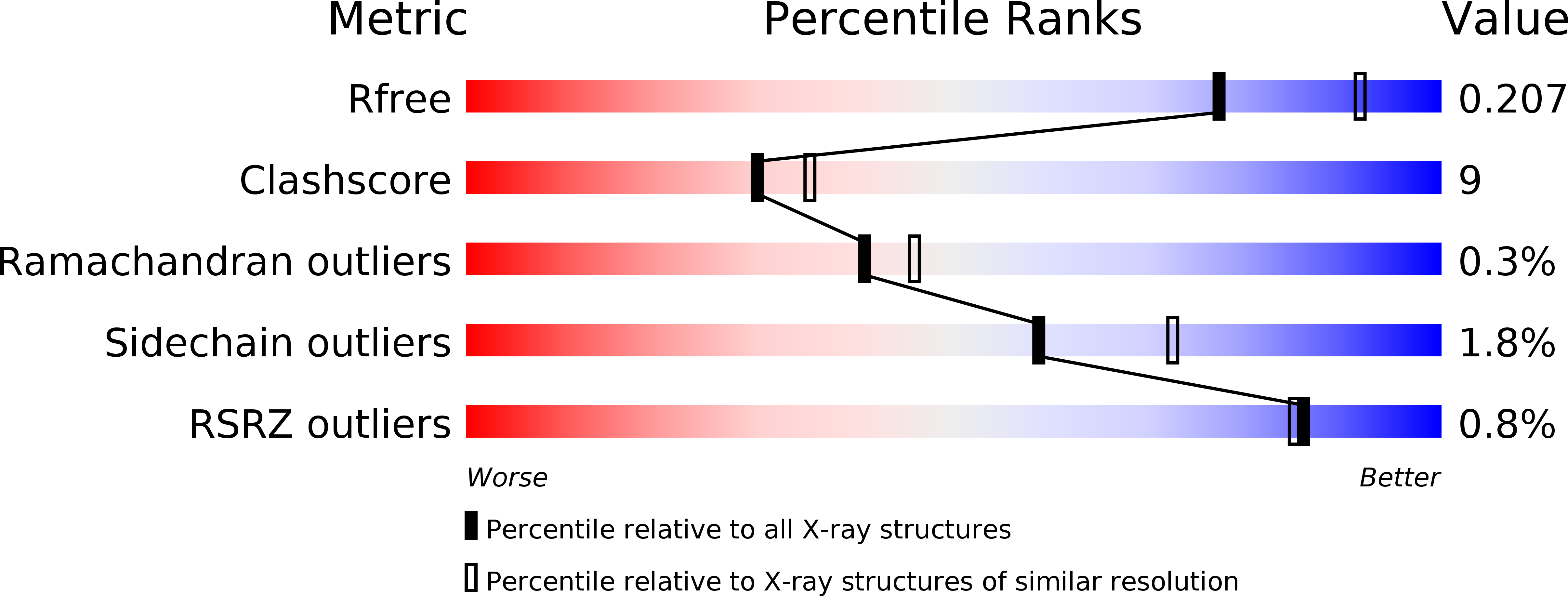
Deposition Date
2003-04-16
Release Date
2003-11-11
Last Version Date
2023-08-16
Method Details:
Experimental Method:
Resolution:
2.20 Å
R-Value Free:
0.22
R-Value Work:
0.17
R-Value Observed:
0.17
Space Group:
P 21 3


